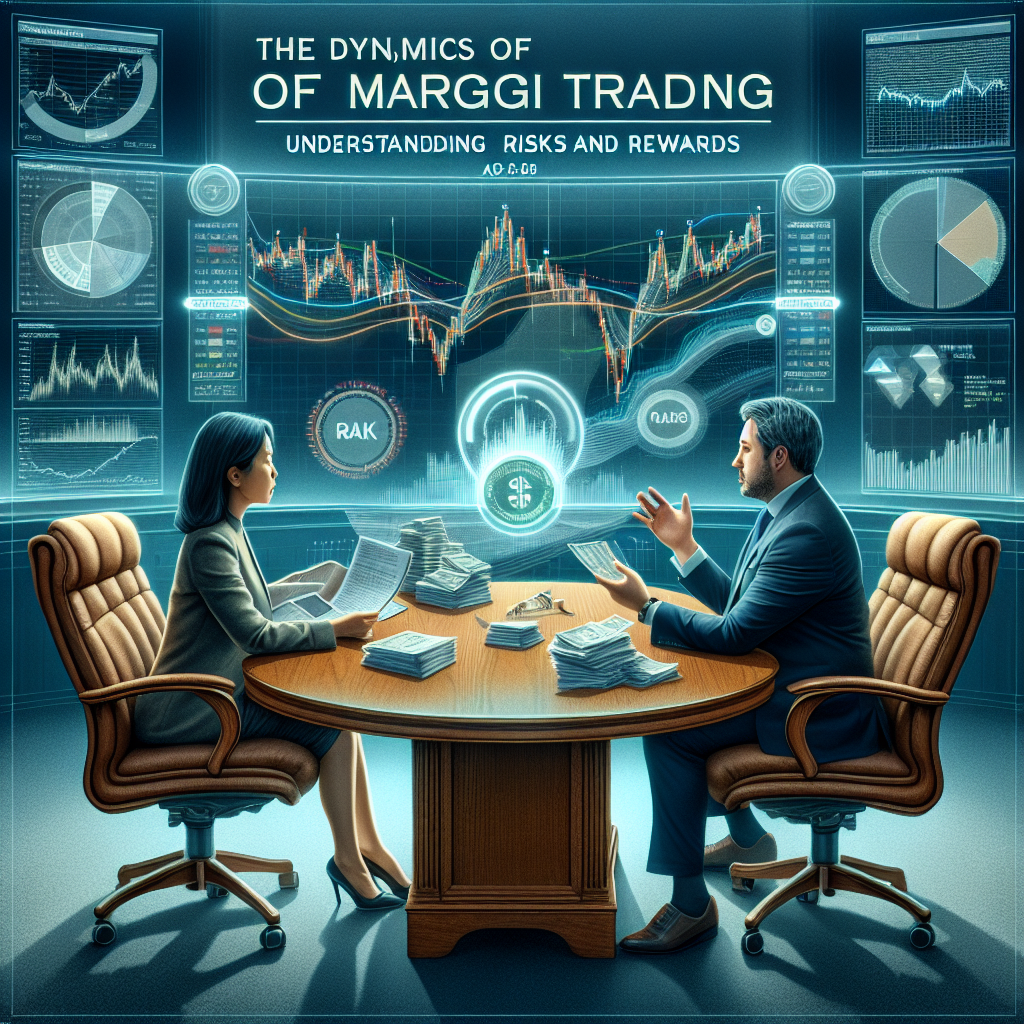Margin trading has garnered significant attention in the world of finance and investment. As traders look for ways to amplify their potential returns, understanding the intricacies, risks, and rewards associated with margin trading becomes essential. This article delves into the dynamics of margin trading, helping both novice and experienced investors navigate this complex landscape.
What is Margin Trading?
Margin trading allows investors to borrow funds from a brokerage to trade larger positions than their current capital would allow. By leveraging borrowed money, traders can potentially amplify their profits. However, this comes with increased risks, making it crucial to have a clear understanding before engaging in such activities.
How Margin Trading Works
When an investor opens a margin account, they deposit cash or securities as collateral. A broker then lends them money against this collateral, often providing a margin ratio that dictates the maximum amount they can borrow. For example, if a broker offers a margin ratio of 2:1, the investor can control a position worth double their initial investment.
Example of Margin Trading
Imagine a trader has $1,000 in their margin account. With a 2:1 margin ratio, they can borrow an additional $1,000 from their broker, allowing them to purchase $2,000 worth of securities. If the value of these securities rises to $2,500, the trader can sell and pay back the $1,000 loan. This results in a $500 profit, representing a 50% return on the initial investment.
The Rewards of Margin Trading
Margin trading can be enticing due to the potential for substantial profits. Here are some key rewards that attract traders to this strategy:
Amplified Profits
The most significant reward of margin trading is the potential for amplified profits. As discussed in the example above, leveraging funds can significantly increase gains, making it an attractive option for experienced investors looking to optimize returns.
Flexibility and Opportunity
Margin accounts provide traders with greater flexibility when it comes to timing and market entry. With borrowed funds, investors can seize opportunities without needing to liquidate their current positions or wait to accumulate more capital.
Diversification
By leveraging funds, traders can diversify their investment portfolio, spreading their risk across various assets rather than concentrating on a single investment. This can lead to more balanced growth and reduced overall risk in their portfolio.
The Risks of Margin Trading
While the rewards of margin trading can be enticing, it is crucial to acknowledge the inherent risks that come with it:
Increased Losses
Just as leveraging increases potential profits, it can equally amplify losses. If the value of the securities purchased on margin declines, the trader not only faces the loss of their invested capital but also the obligation to repay the borrowed funds.
Margin Calls
One of the most significant risks in margin trading is the possibility of a margin call. If the value of the securities in a margin account falls below a certain threshold, the broker may require the trader to deposit additional funds or liquidate positions to maintain the required equity level. Failing to meet a margin call can result in forced liquidation of assets, which could lock in losses.
Interest Costs
When borrowing funds for margin trading, traders incur interest costs, which can eat into profits. High-interest rates can exacerbate losses in a declining market, requiring traders to be very mindful of the cost of borrowing when engaging in margin trading.
Strategies for Responsible Margin Trading
To navigate the risks associated with margin trading while still reaping its rewards, traders can implement several best practices:
Develop a Solid Trading Plan
A comprehensive trading plan that includes entry and exit strategies, risk management, and specific profit targets is essential. This plan should be adhered to, minimizing impulsive decisions that may lead to significant losses.
Use Stop-Loss Orders
By utilizing stop-loss orders, traders can automatically sell their positions if the asset’s price falls below a predetermined level. This practice helps to limit potential losses and protect capital.
Monitor Leverage Levels
Being aware of your leverage and ensuring that it aligns with your risk tolerance is critical. Lowering leverage can safeguard against significant losses in volatile markets.
Conclusion: Weighing Risks Against Rewards
Margin trading offers significant opportunities for profit, but it comes with heightened risks that must be carefully weighed. Understanding the mechanics of margin trading—its potential benefits and associated pitfalls—enables traders to make informed decisions. By developing sound strategies and exercising discipline, traders can harness the dynamics of margin trading to potentially enhance their investment performance while managing risks effectively.
Final Thoughts
In the world of finance, knowledge is power. Whether a seasoned investor or a newcomer to margin trading, understanding the dynamics of risks and rewards is vital. Stay informed, stay disciplined, and always trade responsibly to navigate the challenging yet potentially rewarding world of margin trading.

